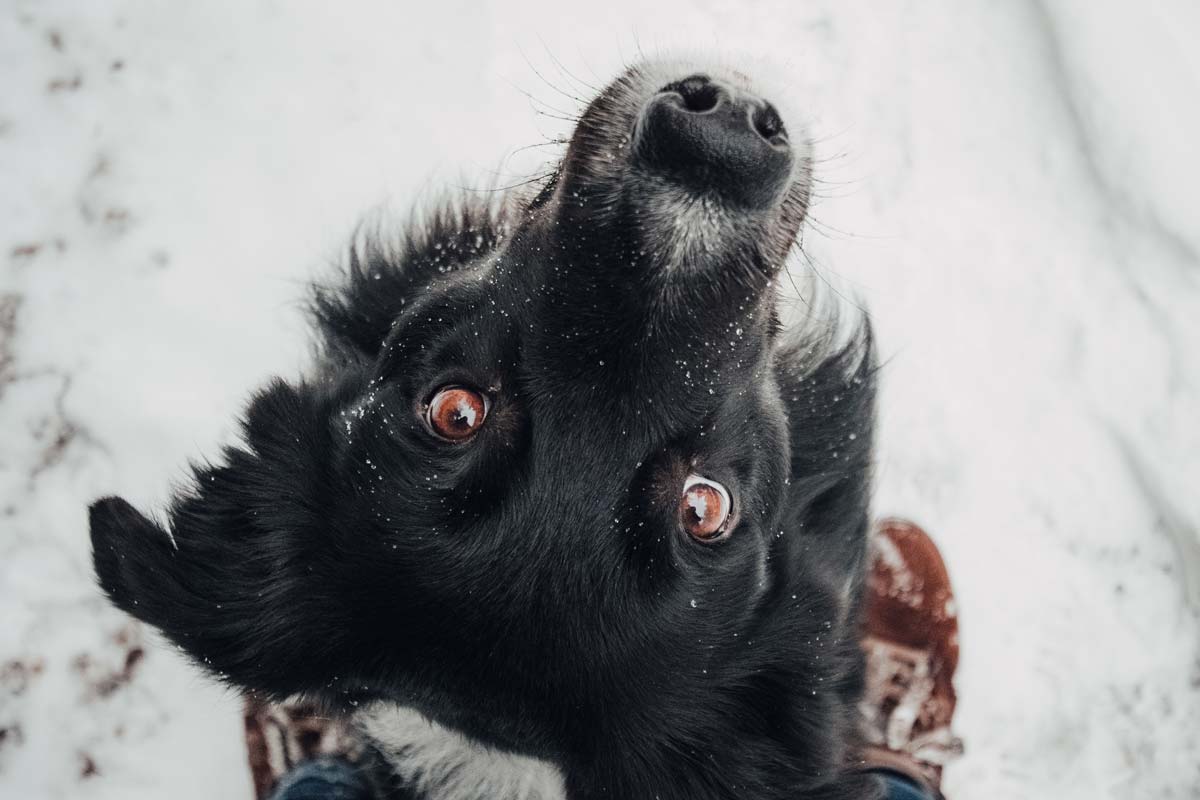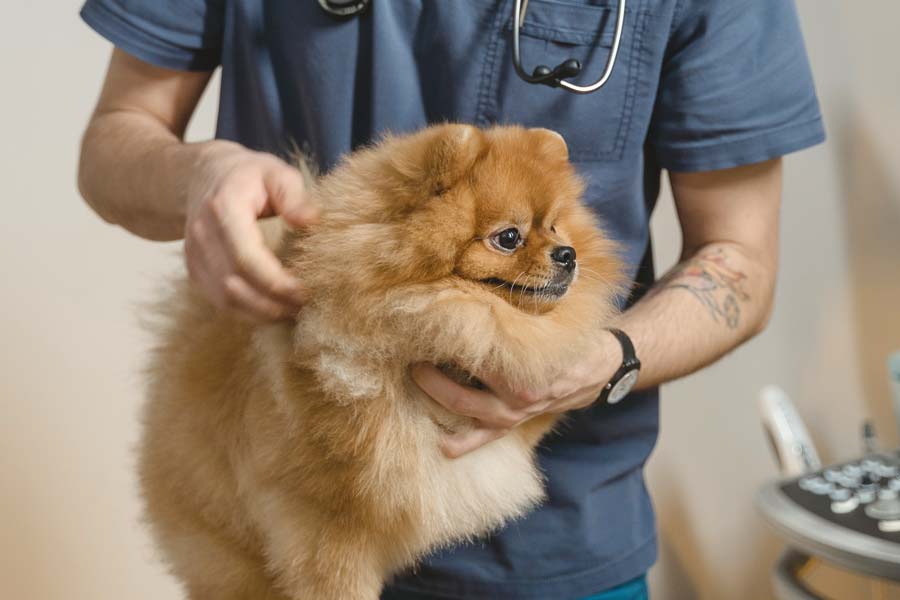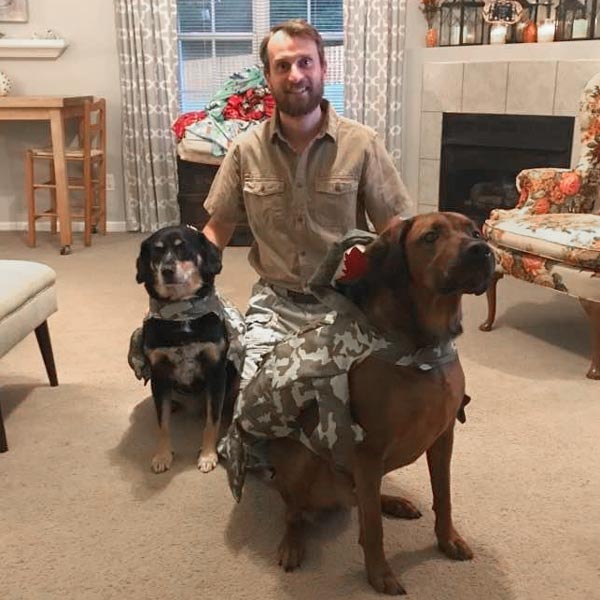As I have written in articles before, all behaviors have consequences that influence them. These outcomes can either increase/maintain the behavior or decrease/stop the behavior. When we are training our dog to voluntarily crate, we want the consequences of going into the crate to be good or favorable. This will in turn increase and eventually maintain the crating behavior.
Your pet receives good consequences of treats, praise, and maybe even scratches for crating, right? But did you know that closing the crate door is a consequence as well?
Your dog is now contained in the crate. They have lost the freedom and choice to move about outside of the crate. This may not be so bad. However, if closing the crate door for the first time is done to keep them penned up so you can leave to go to work all day, this could and probably will be a non-favorable or aversive consequence.
Now, the crate means being shut in all day while you are away. What was once a fun game of going in and getting a treat is now a place of restricted movement for a long period of time. You might even find they no longer go in the crate for you when you ask. The behavior is breaking down, and this is because of the consequence of the crate door being shut while they were in there.
So, how do we overcome this? We give them control over the door - or at least the perception that they have control over it.

Control
If your pet is nervous about being shut into the crate, we must let them know that they can choose to come back out when they ask to do so. This is accomplished by opening the door back up as soon as they turn and look at it. After several reps of this, they will learn that they can receive their freedom back by just looking at the crate door.
This sounds crazy, I know. But, over time, you should start to see your dog stop looking over at the door as much. They go in and continue to look to you for more treats or reinforcers instead of wanting to immediately exit the crate.
Why? Because they now feel safe. They feel like they have control over the opening of the crate door. If things start to make them feel uncomfortable, they feel that they can look over at the door, and it will open.
Eventually, you will have to close the crate door and leave your pet for the first time. The door will no longer be able to be opened until you return. The idea is that you have made the crate so comfortable that they no longer feel the need to ask for the door to be opened.
They will wait for your return and be excited when you get home and - guess what? Open the crate door when they look at it.
The Science
We now know that control is a primary reinforcer. It joins the ranks of other primary reinforcers that, if you recall, are naturally reinforcing and something the animal needs: food, water, shelter, affection, etc.
Animals need control? Simply put, yes, they do. They need opportunities to have control over their environment and to be able to choose what to eat, where to go, what to do.
Research has shown that the perceived notion of control is more powerful than the actual control. Go figure.

Reality
In a perfect setting, you would be able to do what I have just said to the letter. But you have your beloved dog now, you currently work or go to school, and you have no other option but to have them crated while you are gone.
So, you may be wondering, can I still train in this manner and give them choice and control with crating despite having to shut them in before they are ready? Yes, yes you can.
It may take longer, and you will see periods of regression in your training, but it can still be done. If you can keep a higher ratio of training repetitions and sessions where you give them that control compared to the being shut in, you will see improvement.
As always, have patience - patience with your pet, and patience with yourself. You can successfully voluntarily crate train your dog while giving them choice and control.




